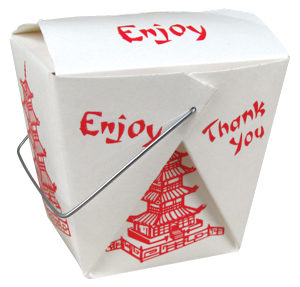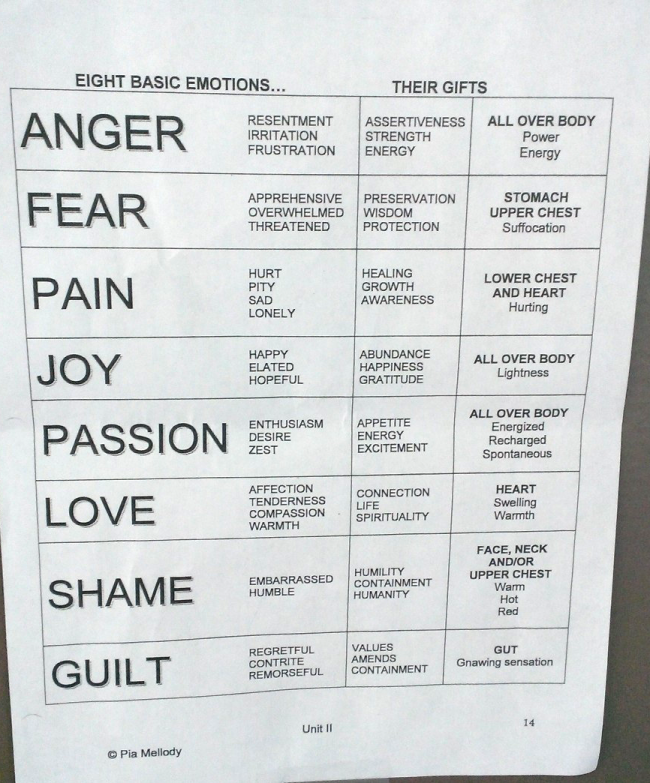A while ago (and it really has been a while, because the restaurant is now closed), I went to the restaurant Hyderabad House on University Avenue. This isn’t (wasn’t) a big Indian restaurant and definitely more like a smaller family run restaurant. The food was reasonably good, and when I was leaving I got some to-go (as you frequently have to do in the US of A given the portions), but instead of getting the standard recycled cardboard boxes that are the norm, I got my food in tiny Chinese To-Go boxes.
This was such a pleasant little surprise! Some biryani in a tiny Chinese ToGo box. So charming. I was imagining leaving it in the communal fridge at the design loft and not labeling it, so that whoever would open up the box would also be in for a little surprise.
And it got me thinking, we frequently have experiences that are delightful and joyous, but entirely NOT by design. Compare a hike in India or the sanitized hikes here in the US (generalizing from the very small amount of hiking I have done). When we talk about design language and branding, coherence and consistency show up frequently. You walk into a Macy’s and there’s the Macy’s signage and the Macy’s card and the Macy’s carry bag with the usual insignia, and so it is everywhere and to be honest it gets a little boring.
So I ask two questions:
One, Is is even possible to design for the kind of surprise that I got at the end of my meal at Hyderabad House? There was an authenticity to it. What might have been the back story? Maybe the restaurant owner thought the Chinese boxes would be less expensive overall, a financial optimization that Indians frequently do (and which I could relate to being from that culture), or perhaps he had a friend who was Chinese and also a restaurant owner and this guy would have just used the same vendor as his friend. If anyone had designed it to be so, it would actually have the opposite effect – of either coming across as inauthentic or just an oversight.
Two, if you do design it, how do you do it? Imbuing your design with personality perhaps? An even human personality, that doesn’t always do what you expect? Aarron Walter’s Designing for Emotion gets to this a little bit. Jennifer Aaker’s work on Brand Personality may be relevant. Or maybe you just try to design for surprise. But how can you do that in a way that doesn’t seem contrived? I like the tiny surprise this little jar style beer mug at CurryUpNow.
Googling ‘Designing for surprise’ leads to the following interesting links. This one is my favorite: POLA (Principle of least astonishment). And these two are linked here for future reading.
To be pondered over.



